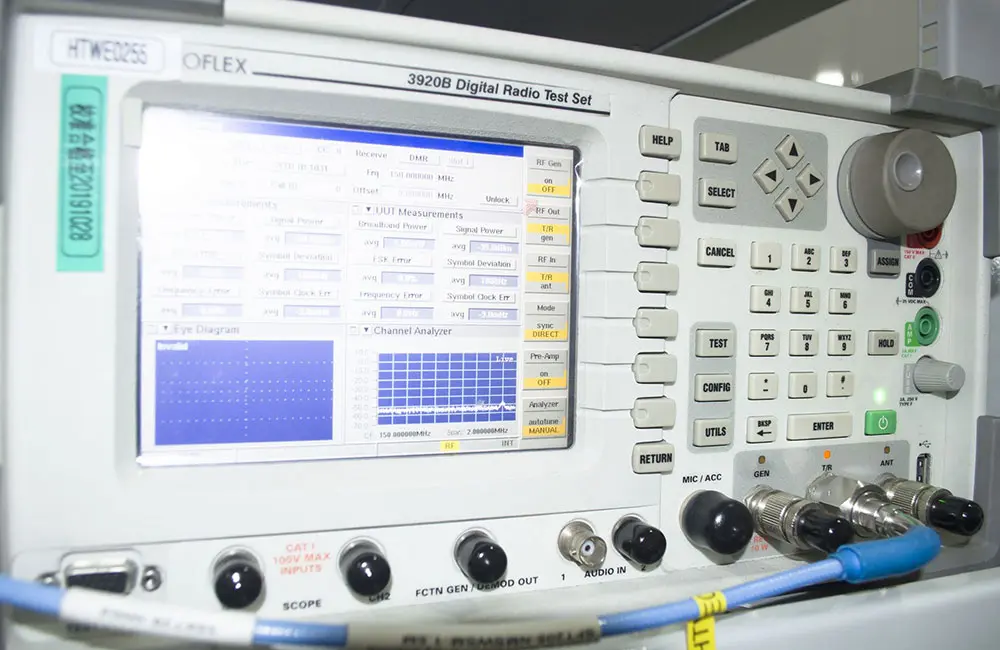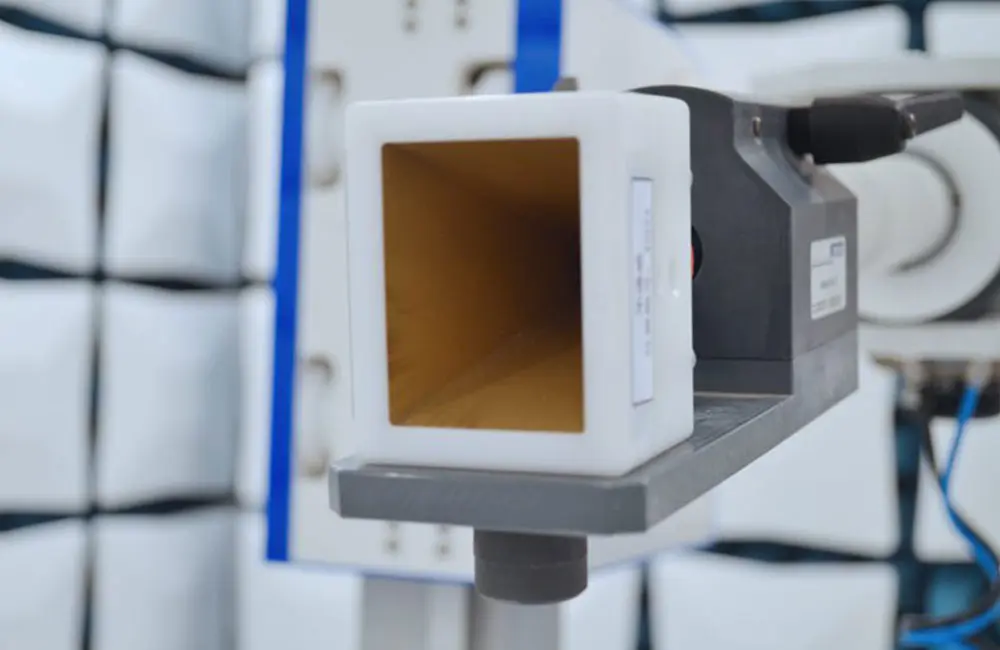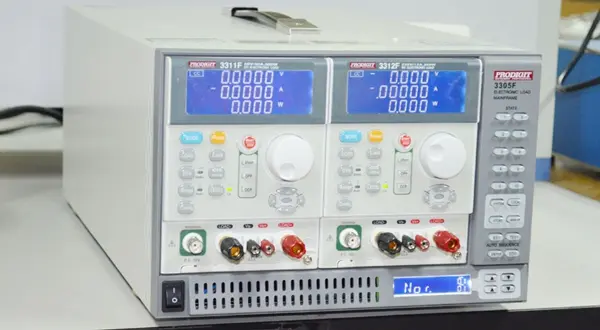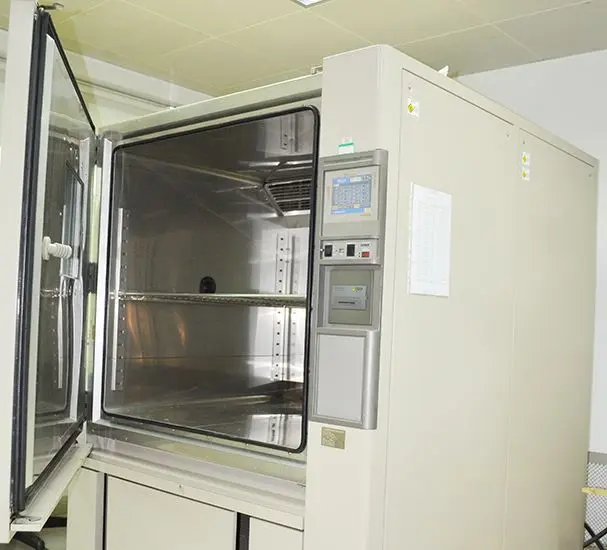
Release of the New ETSI EN 300 328 V2.2.2
On February 5, 2020, the European Union published COMMISSION IMPLEMENTING DECISION (EU) 2020/167, updating the official announcement of the Radio Equipment Directive (RED) in the Official Journal (OJ) L34. Additionally, some harmonized standards were updated, with the latest version of EN 300 328, V2.2.2, officially coming into effect and being mandatory from August 6, 2021.
The new version V2.2.2 of EN 300 328 is effective immediately from the date of OJ publication, during which both the old and new versions can be used normally. Version V2.2.2 will become mandatory on August 6, 2021, at which point the old version V2.1.1 will become invalid. Products certified under the old standard must undergo retesting for the new version's differential testing and reapply for certification.
Introduction to EN 300 328 Standard
EN 300 328 is aimed at devices operating in the 2.4GHz ISM frequency band using broadband digital transmission, with typical applications including WiFi, Bluetooth, and ZigBee. The number of radio devices operating in this band is vast, and EN 300 328 provides specifications for such products to ensure they do not interfere with each other or human health, while also setting clearer minimum performance requirements for the radio reception part to improve the utilization of the radio spectrum.
Update Requirements for EN 300 328 V.2.2.2 Standard
1. REDefinition of Receiver Category levels, adding categories for RF output power of Non-adaptive products within Categories 2 and 3. Notably, products with an RF output power of less than 10mW are still exempt from testing for Adaptivity.
2. Adjustments to radiation spurious limits: The limit for the frequency range of 694MHz to 862MHz has been relaxed from -54dBm to -36dBm.
3. Revision of the Receiver blocking testing procedures and criteria (retesting is required to ensure compliance with the new Receiver Blocking testing requirements), specifically as follows:
- Introduction of a Frame Error Rate (FER) of ≤ 10%. If the product does not support PER or FER, the minimum performance standard shoULd ensure that the wireless transmission function required for the product's intended use is not lost.
- Change in the method for calculating the average power of useful signals at the radiation end.
- Modification from applying interference at the lowest and highest channels to applying the lowest channel below 2400MHz and the highest channel above 2500MHz.
- Increase in blocking signal power to -34dBm.
As wireless technology continues to evolve, more electronic products are beginning to adopt wireless technology to provide customers with better connectivity experiences. In addition to meeting traditional safety and emc testing requirements, electronic products with wireless capabilities must comply with additional requirements in many countries, such as the EU's Radio Equipment Directive (RED) for products with wireless communication features.
As a leading testing, inspection, and certification organization in China, JJR Lab is always attentive to regulatory changes and can provide clients with one-stop certification services for over 200 countries and regions, including CE_RED, FCC_ID, and TELEC, ensuring your products can quickly enter target markets.
Email:hello@jjrlab.com
Write your message here and send it to us
 LED Lighting EMC Testing Service
LED Lighting EMC Testing Service
 EU REACH Compliance Testing Services
EU REACH Compliance Testing Services
 Electronic and Electrical Reliability Testing Serv
Electronic and Electrical Reliability Testing Serv
 Electronic & Electrical Safety Compliance Test
Electronic & Electrical Safety Compliance Test
 Shenzhen Electronic Electromagnetic Compatibility
Shenzhen Electronic Electromagnetic Compatibility
 How to Test IP68 Rating
How to Test IP68 Rating
 Differences Between FDA and LFGB for Food Contact
Differences Between FDA and LFGB for Food Contact
 Process and Precautions for Amazon CPC Certificate
Process and Precautions for Amazon CPC Certificate
Leave us a message
24-hour online customer service at any time to respond, so that you worry!




